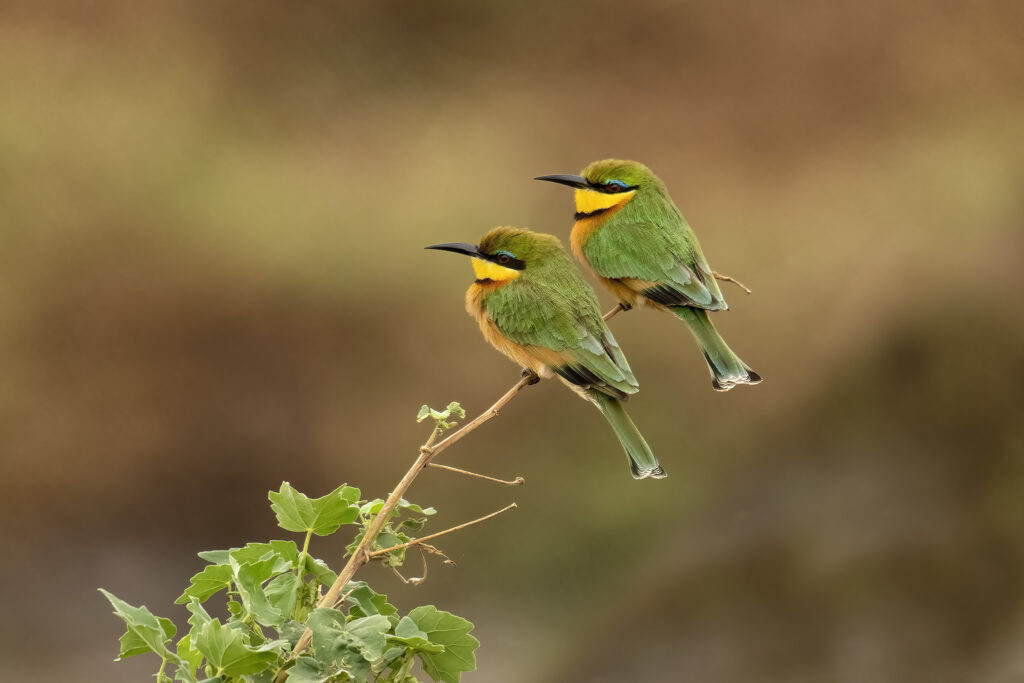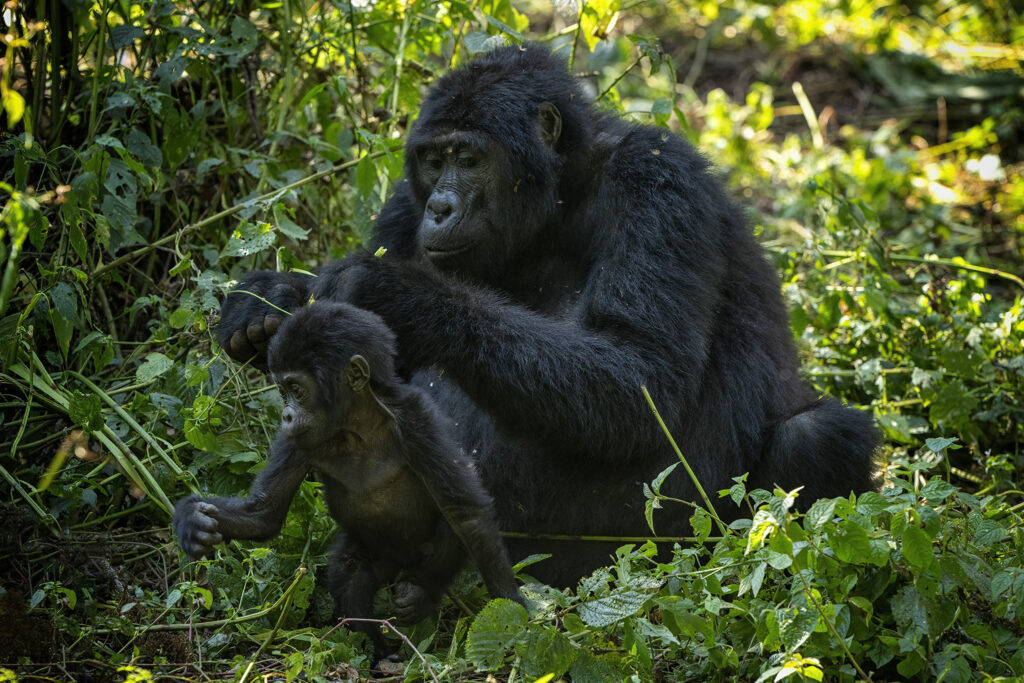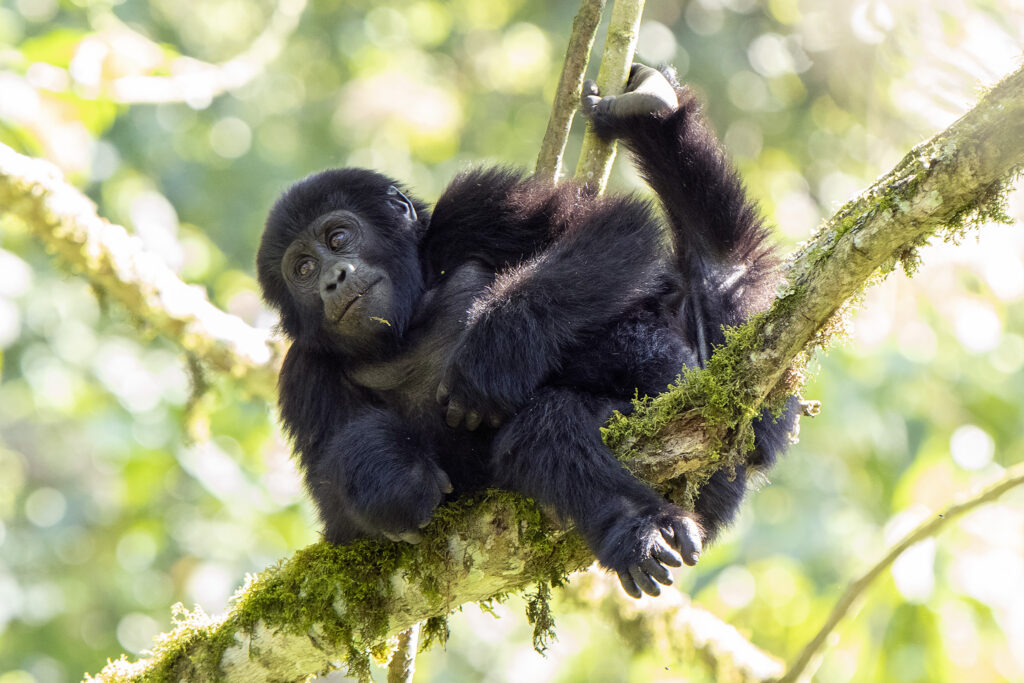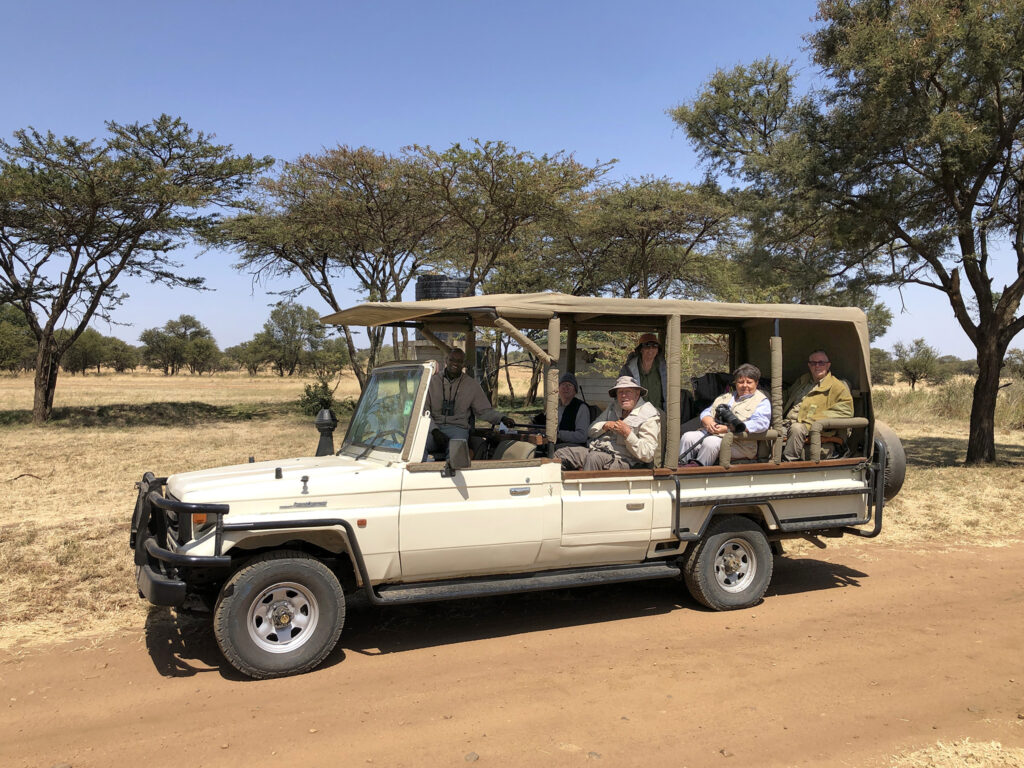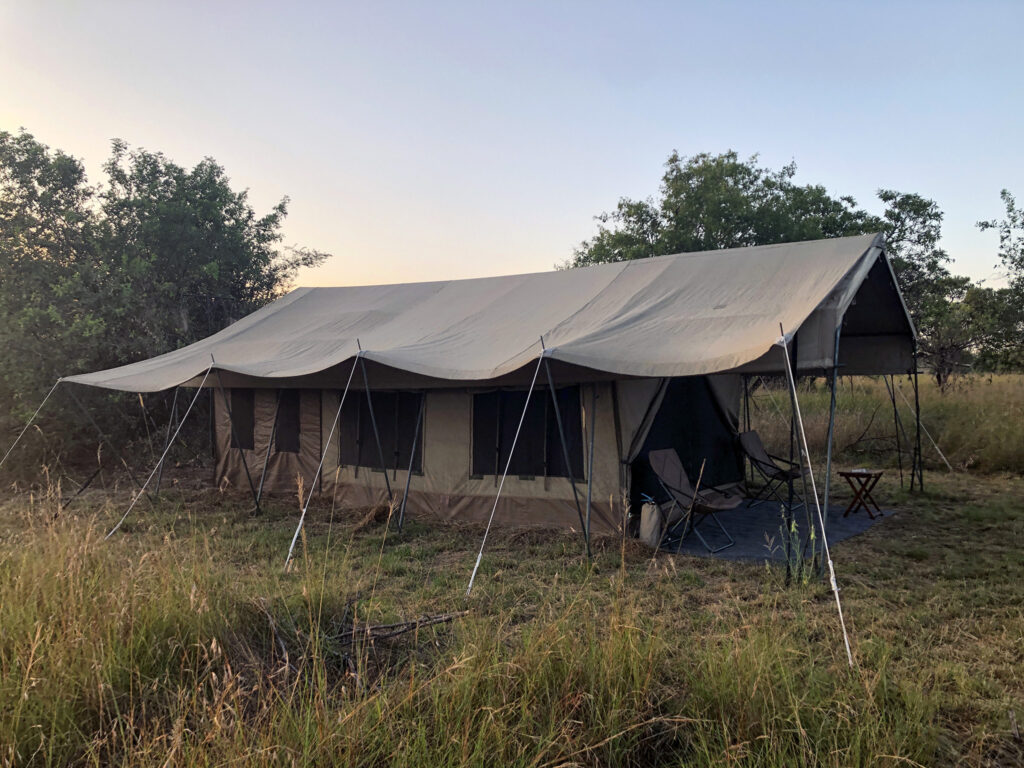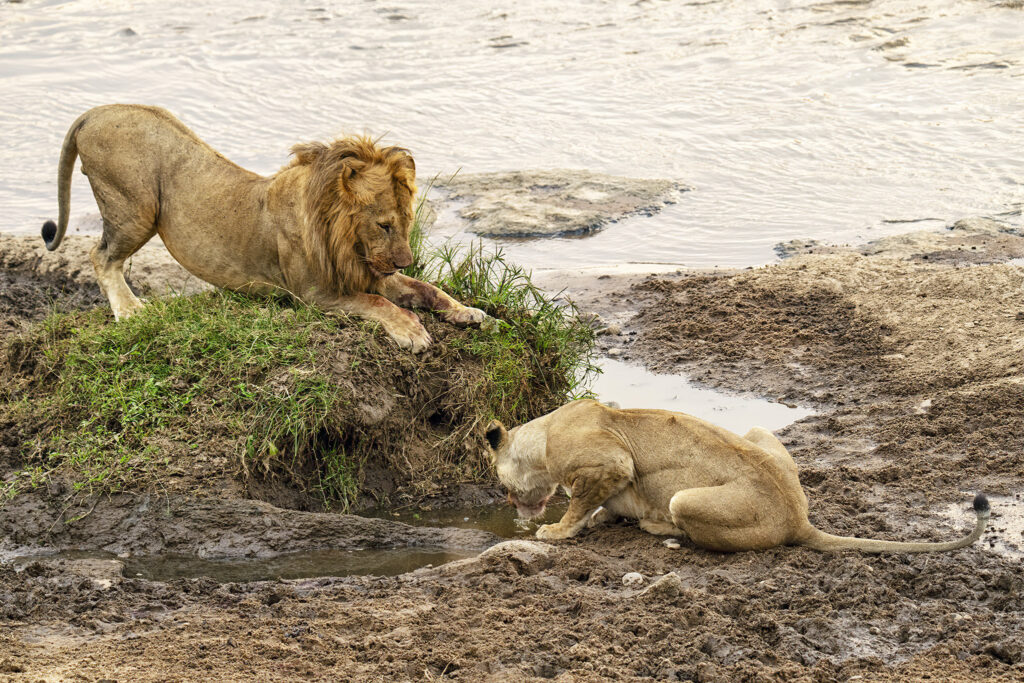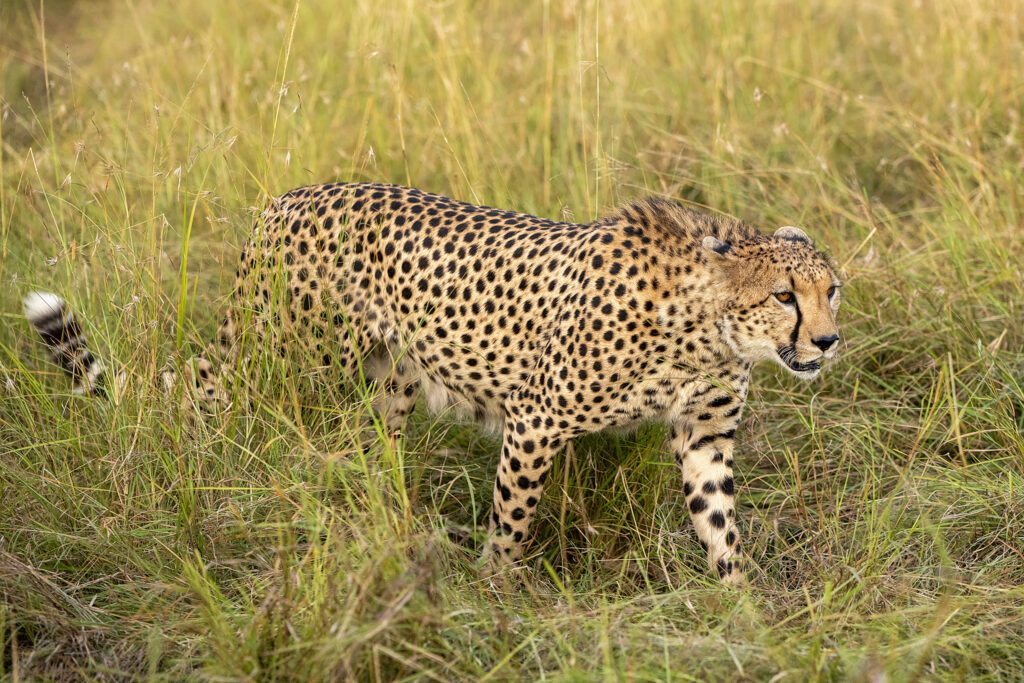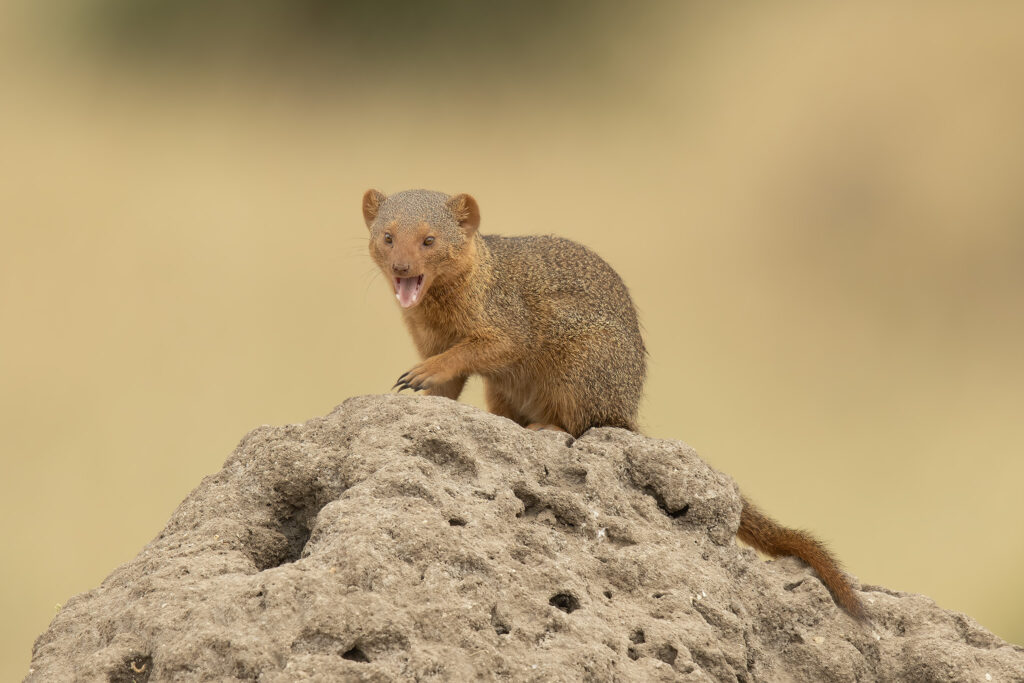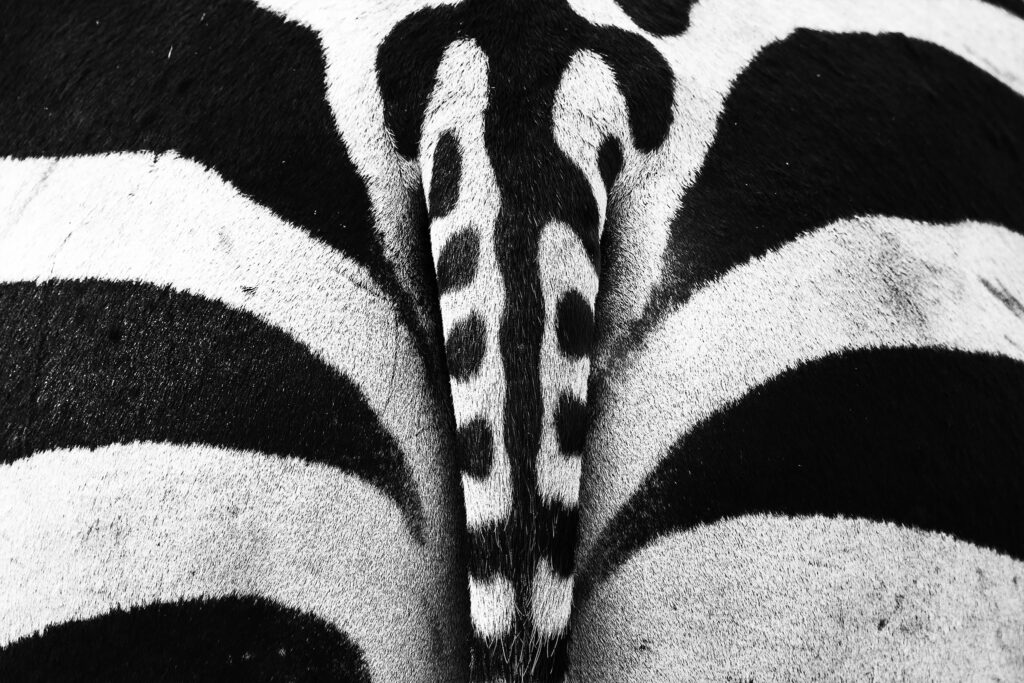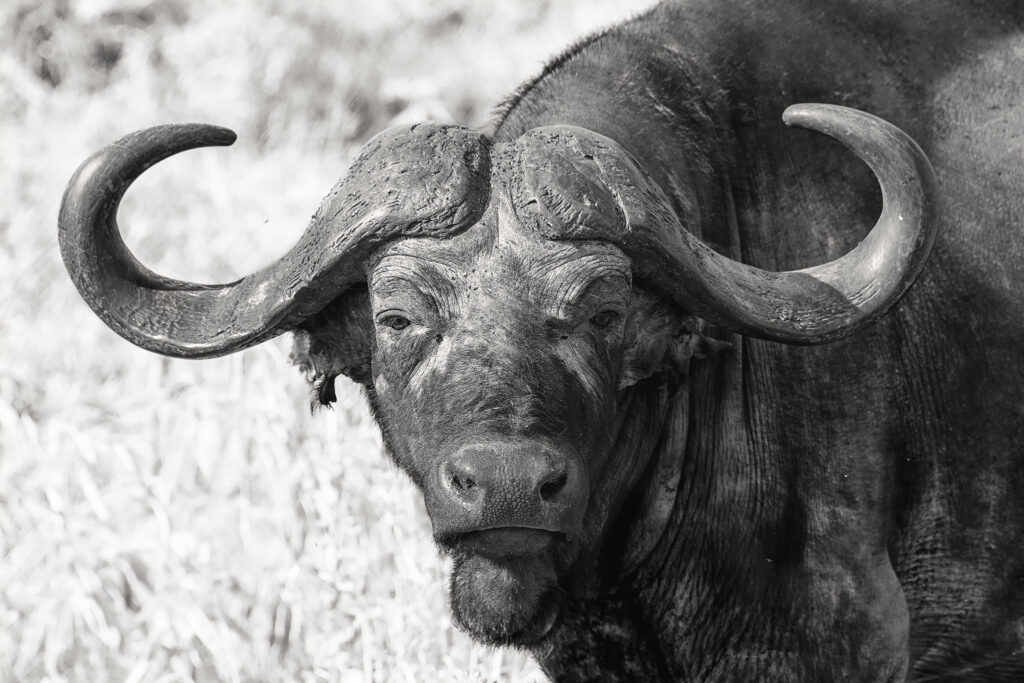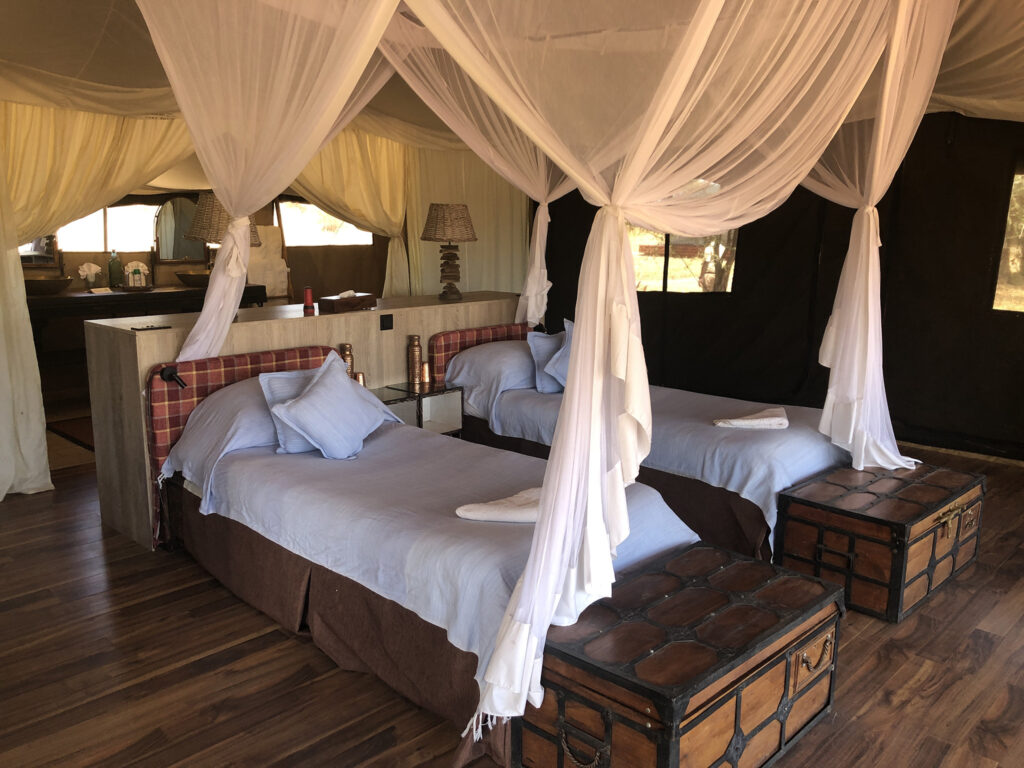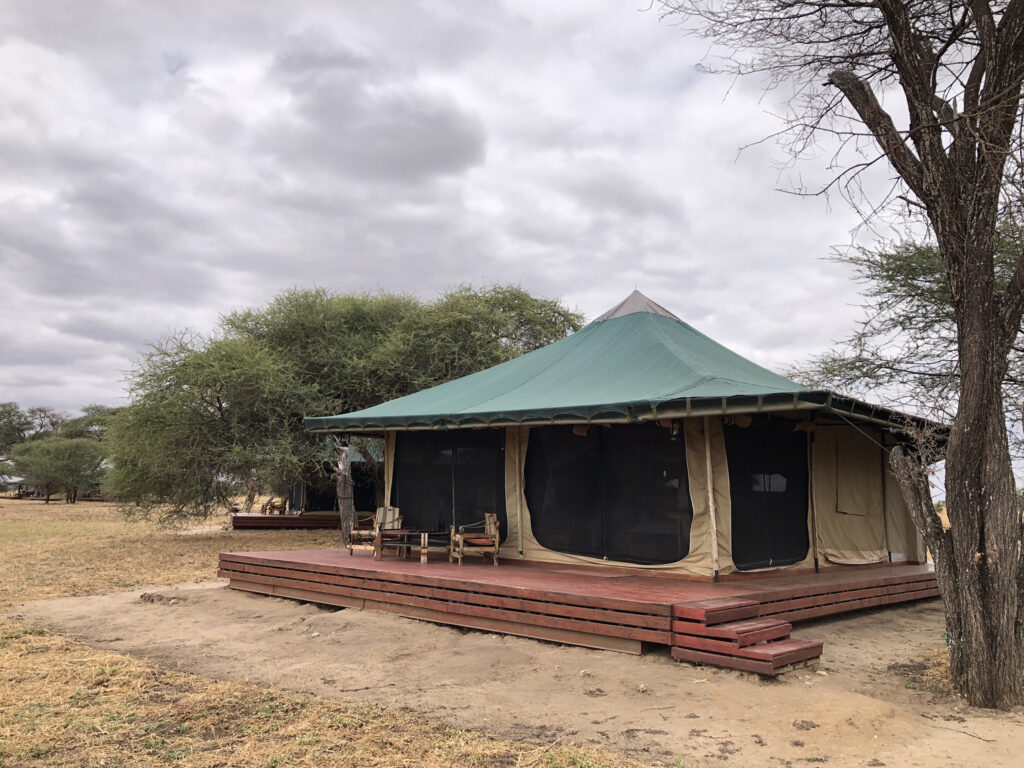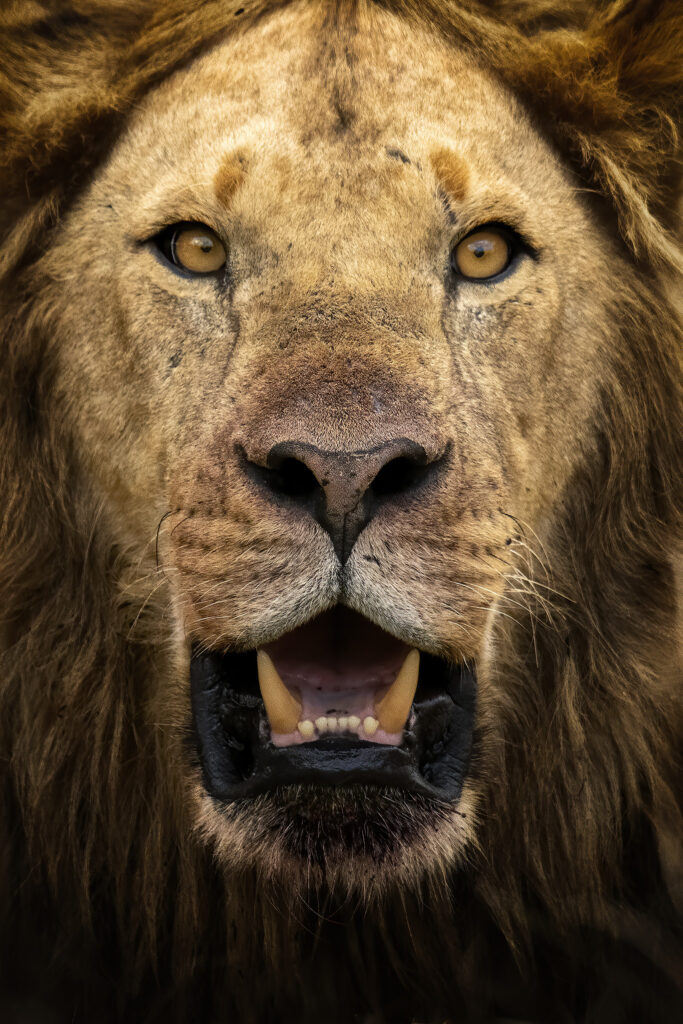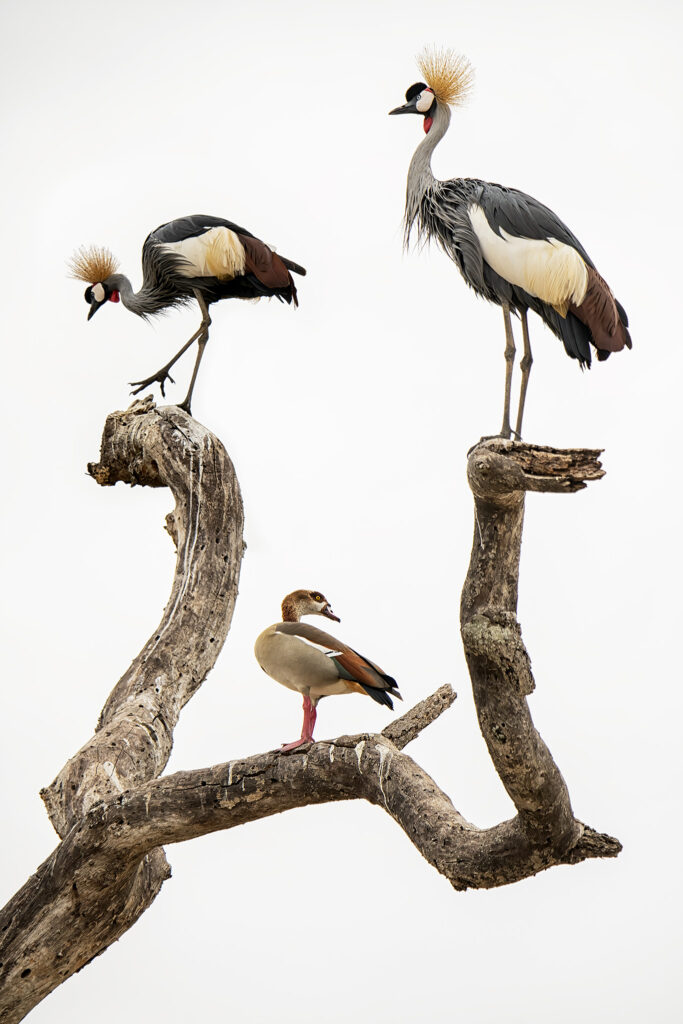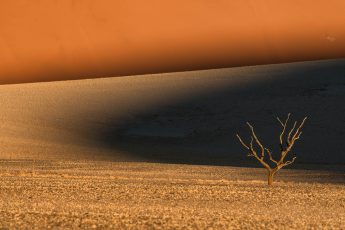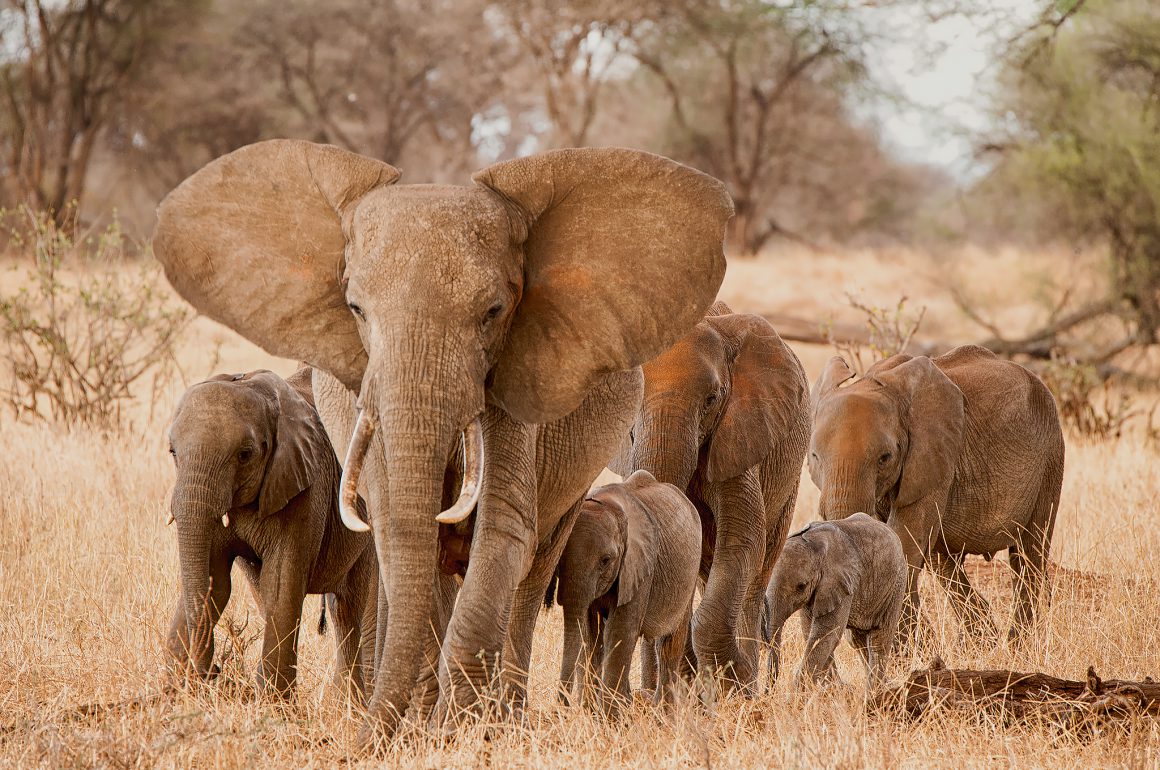
East Africa is arguably one of the very best destinations in the world for wildlife photography, home to the world famous Masai Mara, Ngorongoro Conservation Area and UNESCO listed Serengeti National Park. The grasslands of Tanzania and Kenya are renowned for their wildlife, including the Great Migration in which more than 1.5 million wildebeests and 300,000 zebras follow the rains seeking out fresh, lush grass.

A successful wildlife safari comes down to two things, one which you have every control over, and the other in which you have none. First and foremost, a successful safari requires good planning, or in the least, travelling with a reliable operator that has your very best interests in mind. Whilst you can see the wildlife all year round, there will be certain times that are much more productive than others. In Tanzania, there are two prime times to visit, firstly the birthing season between January and March, and then the migration river crossings in July and August, as the herd moves northward into the Masai Mara of Kenya. There however is another opportunity for river crossings later in the year when the migration commences their journey south again. It’s important to note that these times are high season, so you need to expect that tours will be at a premium price.
The second thing is luck, and one can never predict what may or may not be seen. Many of us would have watched outstanding documentaries, and we tend to have unrealistic expectations that we will see the same thing. Unfortunately, what’s not communicated in documentaries, or with outstanding images you may have seen, is the fact that the camera operator had to wait days or even weeks for that one opportunity. On a tour, we don’t have that luxury, so we’re at the mercy of nature. There can be no guarantees that you will see all the wildlife, as some animals are much more elusive than others. Even the migration will vary from one year to another. It’s important to have an open mind on safari and accept that nature has a mind of its own. A good tour however will do everything possible to deliver the very best opportunities.
In July 2023 I led an incredible photographic tour to Tanzania, with an itinerary that was specifically designed to make the very most of the wildebeest migration, and more specifically the crossing of the Mara River. Five photographers were not only very fortunate to accompany me on this incredibly successful photographic safari, but also chose to come to Uganda beforehand to see and photograph the amazing mountain gorillas. This combination proved to be such a great success that I intend to offer the same optional extension tour in the future.
It’s estimated that there are around 1,063 Mountain Gorillas in the wild, found in Uganda, Rwanda and Democratic Republic of Congo. A visit to the gorillas however doesn’t come cheap, with one hour permits to visit a group varying from US $700 in Uganda to US $1500 in Rwanda. For most people, this is a once in a lifetime experience, and the money goes to a great cause, funding the conservation of these incredible, endangered primates. The gorillas reside in the high mountainous national parks, so you must be physically capable of trekking. This can vary from relatively easy walks to downright challenging, as it depends on where a particular group is located each day. Don’t be too stressed however, on my tour last year I arranged sedan chairs for two of my group to be carried up.
To walk amongst giants for an hour is something truly special, and it’s probably one of those moments where photography takes a back stage to the experience itself.

We commenced our Tanzania photographic safari with a flight from Arusha to Kogatende in the northern part of the Serengeti, immediately beside the Mara River. We stayed here for four nights in a seasonal luxury tented camp, ensuring we had every opportunity to get images of the wildebeest herd crossing the Mara River. On this occasion luck was very much on our side as the migration had commenced arriving the day before, but not yet started crossing the river.

Whilst the major draw of the area this time of the year is the wildebeest migration, all the other wildlife can also be found. On our very first afternoon we encountered our first pair of lions who had just killed one of the millions of wildebeests. The next morning we saw and photographed the very first crossing of the season, and on the third day we were in a prime position to watch and photograph the first large crossing of the year. After two and a half hours of watching tens of thousands of wildebeests crossing, we decided to pack up and seek other opportunities. During our time in the northern part of Serengeti we encountered lions, leopards, cheetahs, elephants, hippos, crocodiles and hyenas to name a few. At night in or tents, hyenas and even the occasional lion could be heard whilst we were relaxing in bed after a long day of photography.
It was now time to make our way to central Serengeti, and the tour was intentionally designed so that we would be driving against the flow of the migration. As expected, the drive did not disappoint, with sightings of elephant, giraffe, a pride of lions on a Kopje (small rocky hill), leopard and a successful cheetah kill to name a few of the highlights. We stayed here at our second luxury tented camp for two nights, allowing us a day to explore the heart of the Serengeti, a place renowned for lions. We not only had great success seeing plenty of lions, but were incredibly fortunate to see another successful cheetah kill. Luck certainly seemed to be on our side.
After a week exploring and photographing the wildlife of the Serengeti, it was now time to move onto the next destination, Ngorongoro Crater. This was without doubt our most challenging day of travel, with awful roads and a mechanical problem with the car that required us to transfer to another vehicle. It was quite shocking to see all the cars on the side of the road with similar problems, so I have already implemented changes to avoid a repeat of this in the future. Thankfully our day ended with a two-night stay at a safari lodge.
Ngorongoro Crater is the largest unbroken caldera in the world. The crater (610 metres deep and 260 square kilometres) is a microcosm of East African scenery and game, some of which are not found in the nearby Serengeti. This however proved to be our first unfortunate experience with mass tourism in Tanzania. There were so many vehicles in the crater that it was near impossible to get a good sighting let alone take images. Whilst we did manage to add a few new species to our list, we were unable to complete our Big 5 list with Black Rhino. I however come back to one of my initial comments about luck and not being able to predict nature.
Our final destination was the lesser known Tarangire National Park. Being the sixth largest National Park in Tanzania, covering an area of 2,600 square kilometres, it’s regarded by many as one of Tanzania’s best kept secrets. The density of game is second only to the crowded Ngorongoro Crater, with large elephant herds and a mini-wildlife migration that occurs during the dry season, drawing some 250,000 animals into the park. For us, the main draw-card was the herds of elephants, and there were certainly many wow moments. We also enjoyed three more nights in a luxury tented camp, with the highlight being sitting around a camp fire each evening, enjoying a drink whilst keeping an eye out of the wildlife nearby. One night we had a pair of Waterbuck stop and stare at us for 30 minutes and another night we had an inquisitive Spotted Hyena not all that far from us.

Overall the tour exceeded my expectations and delivered so many incredible experiences and photo opportunities. Apart from our experience in Ngorongoro Crater, luck had certainly been on our side, however as I said at the beginning of this review, one cannot predict what nature will do. We were so fortunate to arrive at the Mara River right as the wildebeest were beginning their crossing. Soon after returning home, I learned that this season the wildebeests did not head any further north into the Masai Mara of Kenya, instead turning around and commencing their migration back south-east again.
As with all of my tours, I’m always seeking ways to make improvements, and have made some significant changes to my next tour in 2025. There was absolutely no need to change anything in the northern part of Serengeti, it worked great and delivered on every aspect. I have now included an additional day in central Serengeti at the expense of Ngorongoro Crater. There’s so much more to see and explore in the heart of the Serengeti, without the masses of vehicles that can be encountered in the crater. In addition to this, I have now included a flight out of the Serengeti, avoiding the long, challenging day of road travel. Tarangire National Park also remains the same.
The most important consideration for anyone interested in a photographic tour of Tanzania is the fact that I’m intentionally limiting it to a small group of 6 photographers plus me. Our safari vehicles comfortably accommodate 6 people with photographic gear in the back, and also have 12V refrigerators and the ability to charge batteries on the move. As with all my safaris, I’m seated in the front with the driver, meaning you’re better placed for photography. I also have the task of working with the driver to seek out wildlife for your enjoyment.

My next tour is scheduled to commence on 20th July 2025, again at the prime time to coincide with the migration and crossing of the Mara River. As would be expected, I unfortunately had to increase prices slightly, however with expected increases from the operators, an additional night of accommodation at Arusha at the very end of the tour, plus a second domestic flight, it remains an incredibly well valued tour. Just look at the other options for photographic tours, and you will probably be as shocked as I was when doing my research.
For further details of the itinerary and pricing, please click on the following link:-



